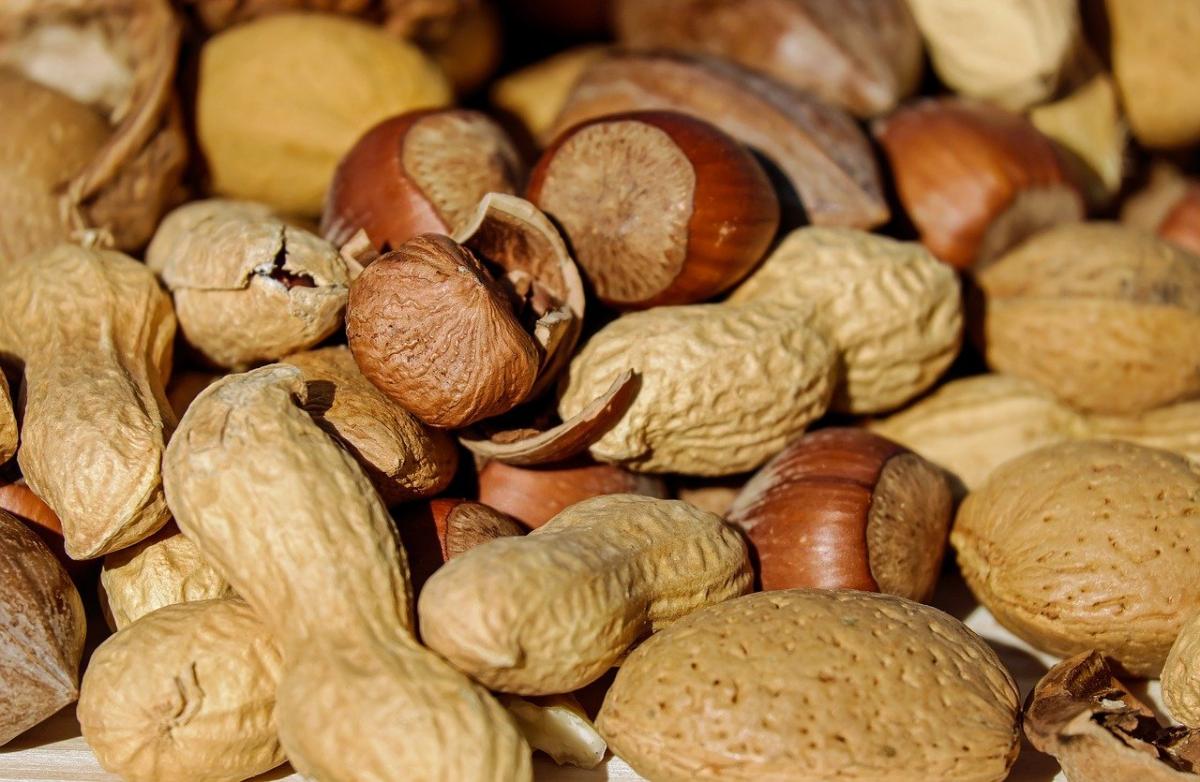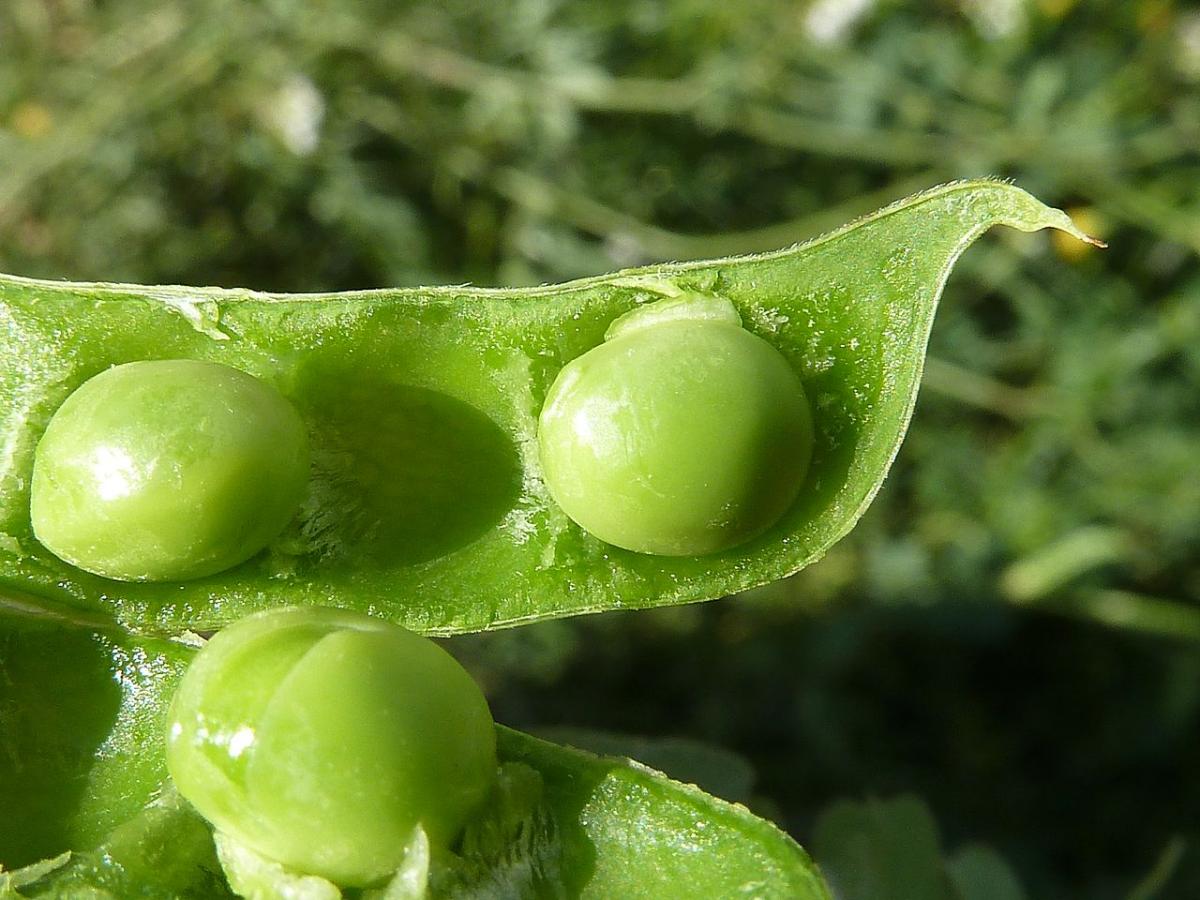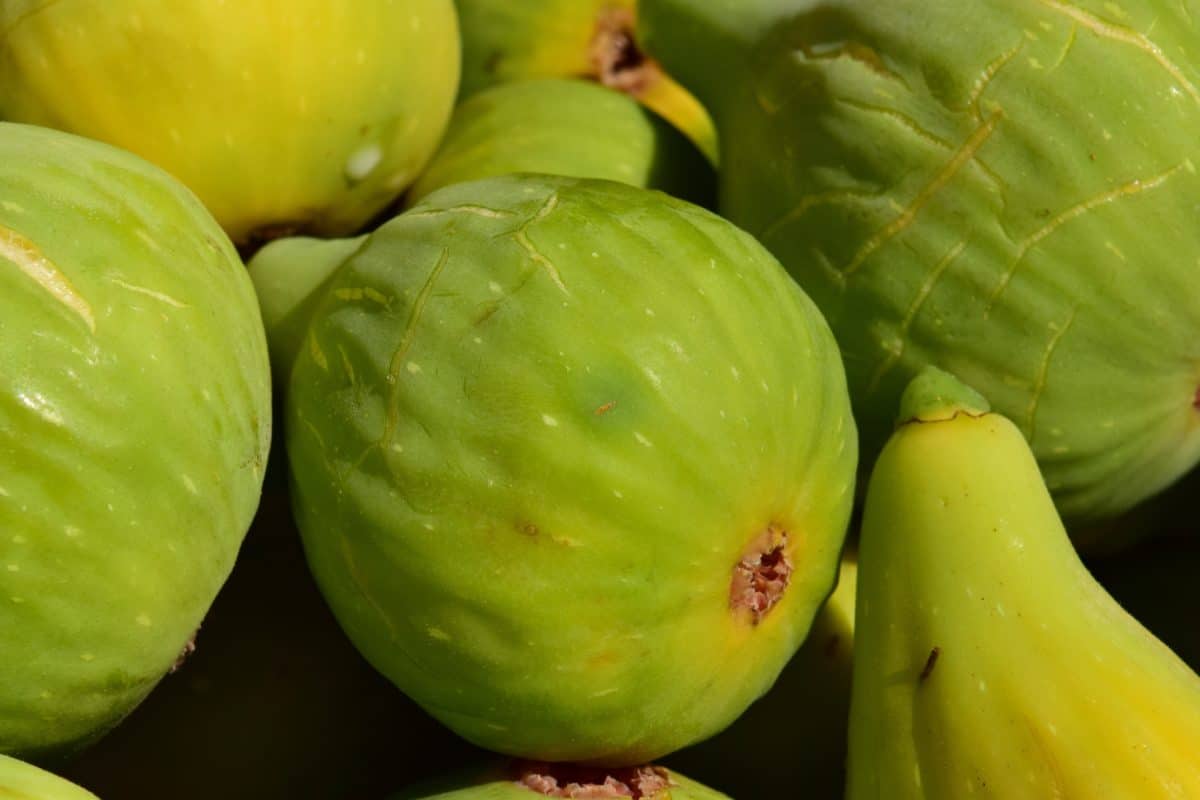
Plants spend a lot of energy to produce their fruits, and it is in them that a new generation is born. The size, color, and shape vary depending on the species, and also how they are distributed. For example, those with smaller dimensions will be transported by small animals or by wind and / or water courses (rivers in general, but they can be seas).
Thus, throughout evolution the genetics of all plants has been designing different types of fruits, giving them characteristics that increase the chances of, first, keeping the seed intact for the necessary time, and second, of taking it to a place where it can germinate.
What are the fruits?

Image - Wikimedia / Philmarin
The fruit is an organ that comes from the flower, and that contains the seeds until they finish their maturation process. Once done, their function becomes to disseminate them, that is, to move them away from their parents so that they can germinate, because if they did not, when they germinated they would compete with their parents and therefore the chances of survival would be reduced by that struggle.
If we speak in botanical terms, the fruit is the fertilized and mature ovary. Its wall is thickened in order to protect the seeds, and it is called the pericarp. Often other parts of the flower contribute to its development, such as the calyx or the receptacle.
Angiosperms, that is, flowering plants, were the last to appear, during the Cretaceous (about 130-140 million years ago), but thanks to their fruits they have managed to be much more successful than gymnosperms, since the latter are not they protect their seeds so they have less chance of succeeding.
Do gymnosperms bear fruit?
At this point you may be curious to know if gymnosperms, that is, pines, cypresses, and ultimately all plants that do not have flowers produce fruit. Well then, the answer to that question is no, because for a fruit to develop it is necessary that there be a flower and that it has a fertile ovary.
However, certain structures, such as cones or cones, are often mistaken for fruits, but in reality they are not. In fact, its seeds, in this case the pine nuts, are not protected.
Types of fruits
There are many types of fruits, so many that they can be classified in many different ways. But roughly, they must be differentiated according to their dehiscence; that is, depending on whether they open spontaneously or not.
Depending on how the seeds are opened and released, we distinguish these types of dehiscent fruits:
- Biscida: occurs when two types of dehiscence are combined.
- Circumcised: it is when the apical part of the wall of the fruit breaks.
- Foraminal: they are fruits that have holes through which the seeds come out.
- Simple sutural: it is the one that is opened by its carpelar suture.
- Double sutural: it is the one that opens on two of its sides.
- Dental: when, by separating a portion of the carpels, some teeth are formed.
- Placenticide: it is the type of fruit that opens through the middle part of the placentas.
- Septicide: occurs when the walls that form the septa separate.
Types of fruits depending on the number of parts of the flower from which they are formed
Simple fruits

Simple fruits are those that are formed from a pistil. This can have one or more carpels, but always fused. In turn, the indehiscent nuts, which are the ones that do not release the seeds; those that derive from an ovary that may or may not open when mature; nuts that open on their own once they finish ripening; and the fleshy.
Complex fruits

Complex fruits are those that are formed from various parts of the flower. Within this group we have the aggregates which are those formed by multiple fruits that develop in the same flower, such as figs or raspberries for example.
Types of fruits according to the number of carpels that have formed them
Depending on whether it comes from a single carpel or from several, we find the monocarpic fruits or the fruits polycarpic. The latter others are classified according to the formation of these carpels, specifically, whether they were welded, in which case they are syncarpic fruits, or not (apocarpic).
Even so, you should know that although there are several ways to classify the fruits, there are many that can be described in two or more different ways. For example, a fruit can be both simple and foraminal, which would mean that it consists of a single pistil and that it has some exit holes through which the seeds come out once they mature.
Examples of fruits
To finish, we are going to see some examples of fruits:
- Chestnuts: are produced by the tree Castanea sativa. These are dehiscent fruits that contain a maximum of three nuts, and are about three centimeters long.
- Date: it is the fruit that the palm tree produces Phoenix dactylifera. These are berries with an oblong or ovoid shape that measure between 3 and 9 centimeters, and that contain a seed.
- Strawberry: it is a complex fruit, formed by multiple achenes that become fleshy once ripe. It is produced by the plant Fragaria vesca.
- Mango: it is a drupe produced by the tree Mangifera indicates. Its size varies, being round or oblong, and weighing between 50 grams to 2 kilos.
- Banana: is a berry produced by plants of the genus Musa. It has a curved, elongated shape, and its shell is usually yellow, green or brown in color.
What other types of fruits do you know?


